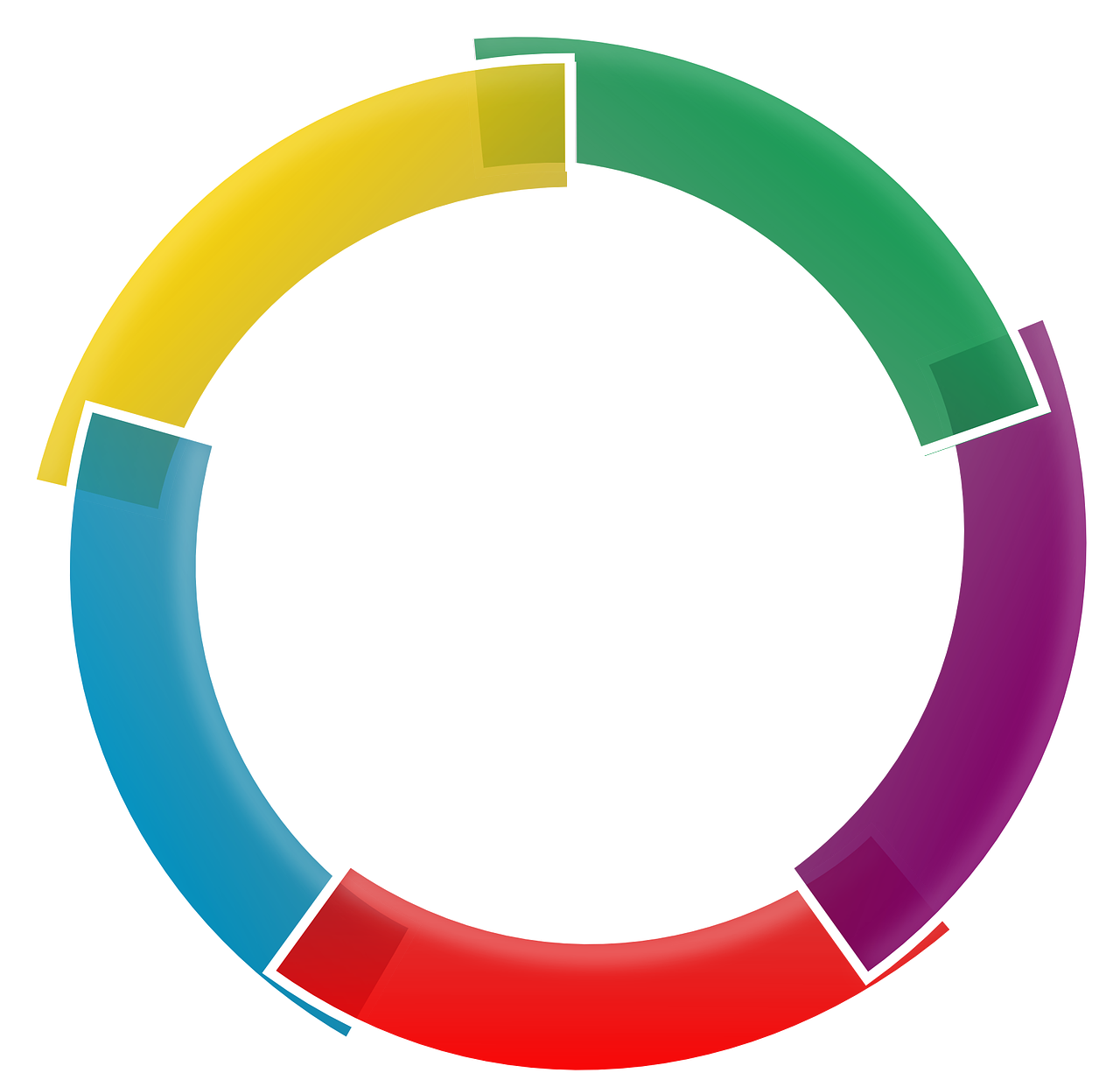The digital ink spilled over ecommerce and product remarketing best practices is pretty prolific, but we still frequently see major opportunities being missed when we take over new client accounts.
In this post, I’ll break down four mistakes I see all too often and explain why ecommerce marketers should look to remedy them ASAP.
Without further ado…
Lack of proper brand vs. non-brand segmentation in Google Shopping
If you have a strong brand presence (high volume/well-known brand) and see significantly more efficient CPAs/ROIs on this traffic (which is likely), you will want to segment your campaigns in order to properly capitalize on it while ensuring you are not overpaying.
In order to do this, you will want to duplicate your Shopping campaigns and designate one “brand” and the other “non-brand”.
You will then want to set the priority of your brand campaign to low (yes, this is the opposite of what you might assume!) and add all of your brand keywords as negatives into your non-brand campaign.
Give your brand campaign higher bids in order to get maximize impression share for those terms; this allows you to stay efficient on your branded terms while capitalizing on traffic/impression share.
Leveraging only dynamic product ads for remarketing
Many ecommerce marketers tend to rely only on dynamic product ads (whether on Facebook or the Google Display Network) when remarketing to their audiences.
Yes, these ads are a very efficient way to remind audiences about products or products similar to the ones they were viewing and get them back on the page to convert.
However, it’s important to remember that you can and should still take advantage of standard remarketing ads on both Facebook and the GDN.
With Facebook especially, standard ads better allow you to speak to your customers and to test different messaging and creative regarding value props, credibility, and overall themes. In addition, you can easily test how offering discounts or incentives like free shipping may help increase conversions.
Minimal segmentation of RLSA audiences
Many ecommerce marketers only segment audiences by site visitors and add-to-cart users who haven’t converted.
While this is a good way to identify high-intent and low-intent audiences, you are not capitalizing on advanced segmentation techniques that can advance your marketing from a standard RLSA/remarketing approach to a strong strategic approach.
Build audience lists based on where in the site users visited and which products and product categories they’re interested in. Leverage Google Analytics data to segment audiences based on time on site, number of pages viewed, etc.
After segmenting these various audiences, I recommend that you apply them to your search campaigns with no bid modifiers. Allow Google to collect data and show you how these audiences perform, then apply bid modifiers to push hard where appropriate.
Using only Google and Bing Shopping
Don’t forget that although Google and Bing are the biggest shopping comparison engines, they’re not the only ones available. It’s important to capitalize on other shopping engines, which in aggregate are the most powerful tool in the ecommerce marketer’s belt.
Although these other CSEs may have much lower volume, they still contribute to incremental purchases usually with less competitive CPCs that bring the prospects of good efficiency and ROI.
If you’re making any of the mistakes described above, you’re leaving revenue and ROI on the table. Drop a comment if you have questions, but otherwise make it a priority to shore these up and get the funnel flowing.
Good luck!


